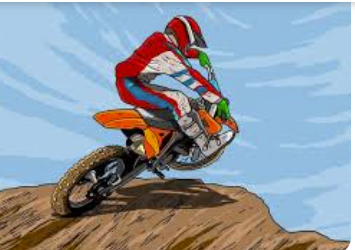The Conductor of the Orchestra
An orchestra is made up of many instruments—trombones, saxophones, trumpets, piano, bass guitar, drums, clarinet, violin, guitar, even the tambourine.
The conductor doesn’t simply wave a baton; he understands how each instrument works, when to bring it in, and how to blend it with the others. The conductor’s role is to guide the entire ensemble so that all the individual parts come together to create a unified, powerful performance.
The Motorcycle Rider/ Pilot
Riding a motorcycle at a high level is much the same. The rider must coordinate multiple “instruments”: the front and rear brakes, shifter, clutch, throttle, body positioning, and mental focus. Every control affects how the motorcycle reacts—whether it’s accelerating forward, slowing under braking, leaning into a turn, or transferring weight through the foot pegs to manage traction.
A true rider isn’t just a passenger. Around the world, they’re often called pilots, because they are in control of the machine rather than being taken for a ride, they are controlling the desired outcome, directing it with precision just like the conductor of an orchestra to create a flawless performance. The goal is always to stay mentally and physically ahead of the bike—feeling it push you around the track rather than pull you. When the rider and the motorcycle move in harmony, the result is as seamless and powerful as a symphony.






